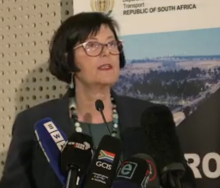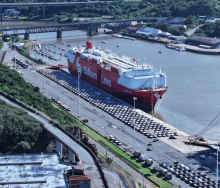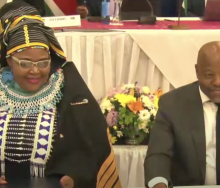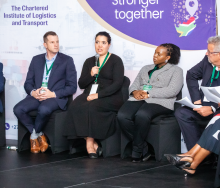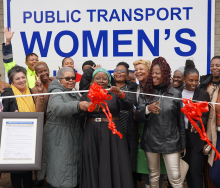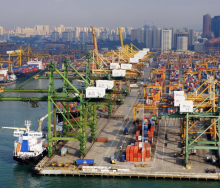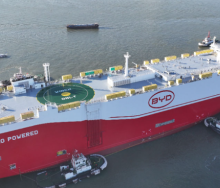Projects like Eskom’s R830-million Hex Battery Energy Storage System (BESS) in Worcester in the Western Cape will help to end load-shedding, says Public Enterprises Minister Pravin Gordhan.
Speaking at the launch of the new system at the Hex substation in the Breede Valley Municipality on Thursday, he said this type of project, a first in Africa, created hope that South Africa would overcome load-shedding sooner rather than later.
“If we do more of these kinds of projects in other parts of the country, which is what Eskom intends to do, we will see the end of load-shedding pretty soon. Today, after a few hiccups, you see in live form the launch of this BESS project right in front of us. It is a great achievement for Eskom and the country.”
BESS is a giant step to support the Just Energy Transition (JET) programme to boost green energy as a renewable alternative source that will fuel the demand for battery energy storage systems.
The project is the first part of Eskom’s Battery Energy Storage System rollout scheduled for construction in the Western Cape, Northern Cape, Easter Cape and KwaZulu-Natal.
Gordhan said the government’s focus was to ensure energy security.
“So, there must be a reserve, just like you have in a savings account for a day when you need some cash. In the same way, you need an energy savings account because you don’t know when you are going to need extra energy,” he said.
“Right now, we have a shortage. We need to get to a point where we have a surplus. And we need to continue keeping that surplus. And Eskom as an institution is going to play a crucial part in developing that surplus through the investment of the private sector in renewables and other forms of energy.”
He said the 120 battery banks had cost R830m and 255 residents of the greater Worcester had been employed during construction.
Funding was secured from the World Bank, African Development Bank, and the New Development Bank to execute the project. - SAnews.gov.za

